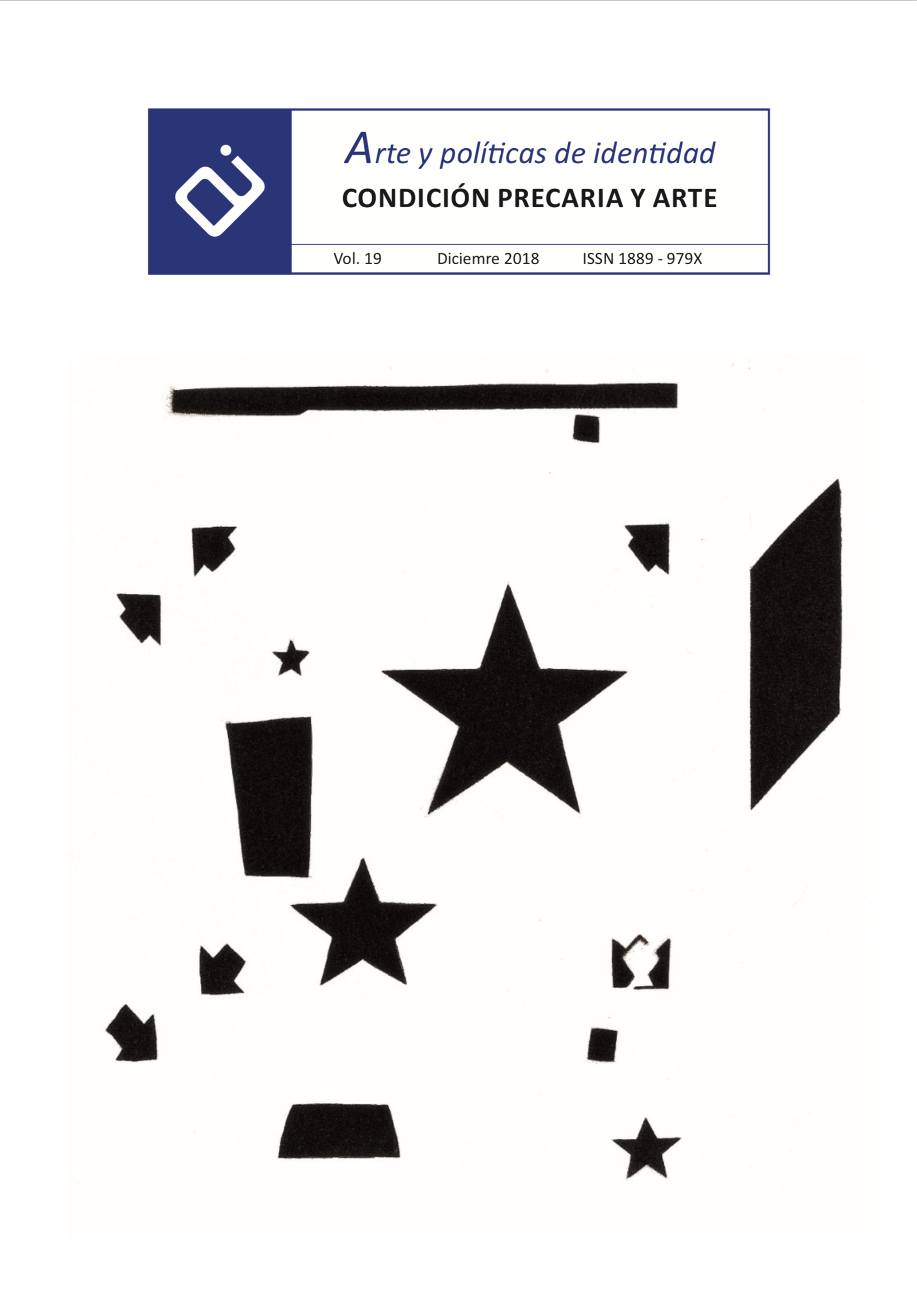The contact zone
encounters and disagreements between the cultural management and the artistic production
Abstract
This article intends to show the tensions that emerged between the artist’s way to work and the framework conditions of cultural/artistic institutions with a public nature. This relationship between artist and institution, although it could be con-sidered from interdependence parameters, is often developed from the confron-tation and discrepancy. Without necessarily leaving aside the aesthetic or political, the objective is to detect the most usual points of conflicts that arise in this contact zone. The forms of articulation, the relationships established, the time frame (time of production versus institutional temporality), the mediation, the contact zone... these are some of the key concept that will come out from a specific case study: projects carried out in the context of Donostia/San Sebastián 2016, European Cap- ital of Culture. This research emerge from a type of knowledge located inside and outside the European Capital of Culture project itself that responds to the profes- sional trajectory of the author: cultural researcher and cultural manager of theaforementioned project.
Downloads
-
Abstract690
-
PDF (Español (España))594
References
Alonso Atienza, L. (2011). Poéticas de la producción artística a principios del siglo XXI, Distracción, desobediencia, precariedad e Invertebrados. Monterrey, México: Universidad Autónoma de Nuevo León.
Boltanski, L. y Chiapello, E. (2002). El nuevo espíritu del capitalismo. Madrid, España: Akal.
Clifford, J. (1997). Routes: Travel and translation in the late twentieth century. Cambridge, Massachusetts,USA; London, UK: Harvard University Press.
Gielen, P. (2004). El Murmullo de la multitud artística. Arte global, política y postfordismo. Madrid, España: Brumaria.
Klett, A. Mediero, Z. y Tudurí, G. (2013). Curadorías jaguares, poéticas de lo múltiple Una mirada decolonial en la producción de la nueva institucionalidad pública. Teknocultura, Revista de cultura digital y movimientos sociales, 10(1), 75-99. Recuperado de: https://revistas.ucm.es/index.php/TEKN/article/viewFile/48055/44932
Lazzarato, M. (2007). Las desdichas de la “crítica artista” y del empleo cultural (M. Expósito, trad.). European Institute for Progressive Cultural Policies, eipcp. Recuperado de: http://eipcp.net/transversal/0207/lazzarato/es
Menger, P.M. (2014). The Economics of Creativity. Art and Achievement under Uncertainty. Cambridge, Massachusetts, USA; London, UK: Harvard University Press.
Pérez Ibáñez, M. y López-Aparicio, I. (2018). La actividad económica de los/las artistas en España. Estudios y análisis. Granada, España: Editorial Universidad de Granada.
Pratt, M. L. (1999). Arts of the Contact Zone. En D. Bartholomae and A. Petroksky (Eds.) Ways of Reading. New York, USA: Bedford/St. Martin’s.
Rancière, J. (2005). Sobre políticas estéticas. Barcelona, España: Museo de Arte Contemporáneo.
Sennett, R. (2006). La cultura del nuevo capitalismo. Barcelona, España: Anagrama.
Sternfeld, N. (2011). Memorial Sites as Contact Zones. Cultures of Memory in a Shared/Divided Present (A. Derieg, trad.). European Institute for Progressive Cultural Policies, eipcp. Recuperado de: http://eipcp.net/policies/sternfeld/en
Vidiella, J. (2007). Actos indecentes: hacia una pedagogía de contacto. Zemos98.org. Recuperado de: http://www.zemos98.org/descargas/Actos-indocentes_%20JudithVidiella
Zafra, R. (2017). El entusiasmo, precariedad y trabajo creativo en la era digital. Barcelona, España: Anagrama.
Works published in this journal are subject to the following terms:
- The Service of Publications from the University of Murcia (publishing house) keeps the published works’ copyrights, and favors and allows the reuse of these works under the license indicated in point 2.
- Works are published in the journal’s online edition under the license Creative Commons Reconocimiento-NoComercial-SinObraDerivada 3.0 España(texto legal). They can be copied, used, disseminated, transmitted and publicly exhibited, as long as: i) the author and original source of publication are cited (journal, publishing house and work’s URL); ii) they are not used for commercial purposes; iii) the existence and specifications of this license are mentioned.
3. Conditions for auto-file. It is allowed and encouraged that authors share electronically their pre-print version (the pre-reviewed version) and /or post-print version (the reviewed and accepted version) of their Works before the publication, since it promotes its circulation and dissemination. RoMEO color: green.










